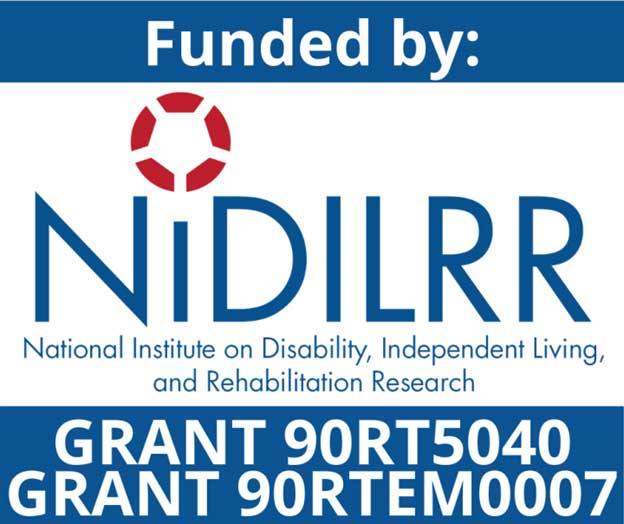As an employer, you want employees who are dedicated, reliable, and good problem-solvers. You may worry about hiring a person who is blind or has low vision (B/LV) to join your workforce, asking yourself:
- “Will a blind individual be able to keep up with the workload?”
- “Will he or she be able to work effectively and efficiently?"
- “What are my legal obligations when I employ a person with a disability?”
People who are B/LV work successfully in many fields. The problem-solving skills and can-do attitude B/LV people use to cope with their disability make them tenacious employees who know how to think creatively about challenges they encounter.
B/LV people are eager to be given a chance and are dedicated employees who are less likely than other workers to leave their employer for another job. If your business struggles with staff turnover, a person who is B/LV can help bring stability to the work environment.
Employees who are B/LV can use specialized equipment and techniques to accomplish most workplace tasks. With some creative thinking and commitment, many jobs can be adjusted to accommodate a person who is B/LV.
Hiring Incentives
The federal government offers a Work Opportunity Tax Credit to companies who hire people who are B/LV. State government incentives may also be available; check with your state vocational rehabilitation (VR) agency to find out.
In addition, if your organization is a federal government entity or a federal contractor, people who are B/LV are productive employees who can help you meet federal disabled workforce mandates.
Interested in Hiring?
Your state VR agency works with B/LV people to prepare them for the workplace and find job placements. If you’re interested in hiring, VR counselors can supply qualified candidates and help facilitate their transition into your workforce. They can also assist you with taking advantage of financial incentives that may be available to you and navigating the legal requirements of hiring individuals with disabilities. Our list of state VR agencies can help you get in touch with the agency in your area.
Here are a few other organizations and resources that can help you navigate the process of adding a person who is B/LV to your workforce:
- American Foundation for the Blind
- Cornell University Employment and Disability Institute
- Job Accommodation Network
